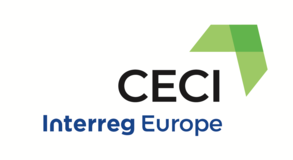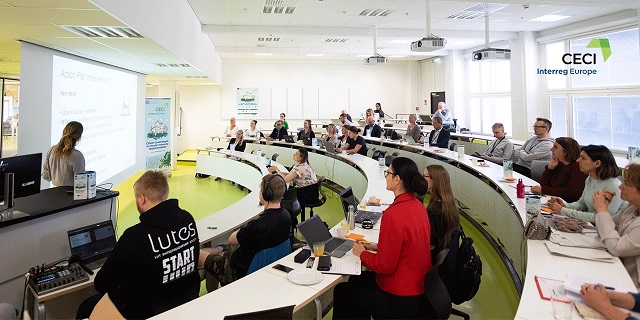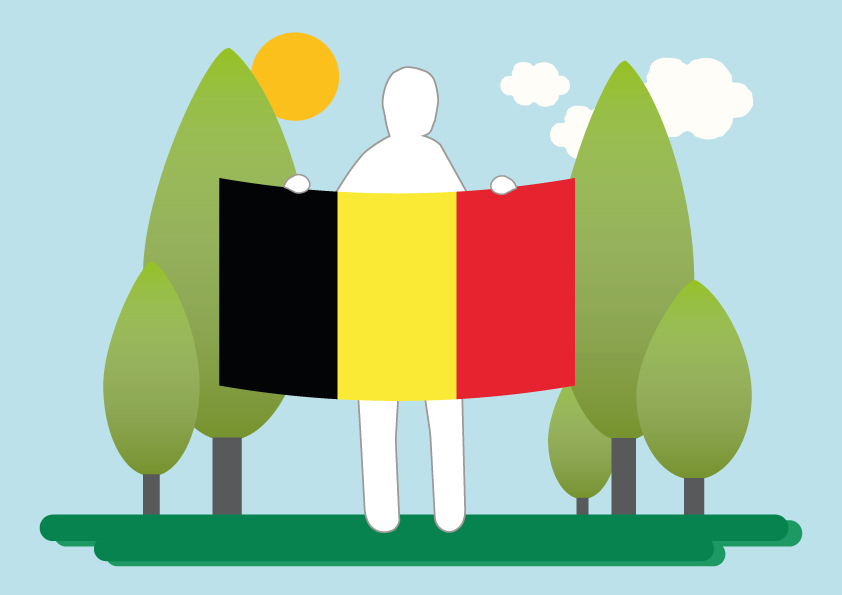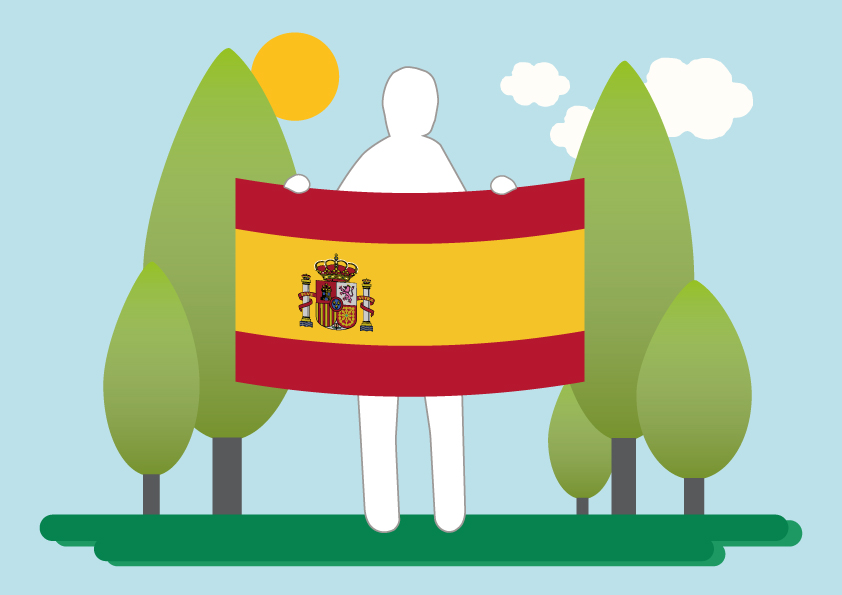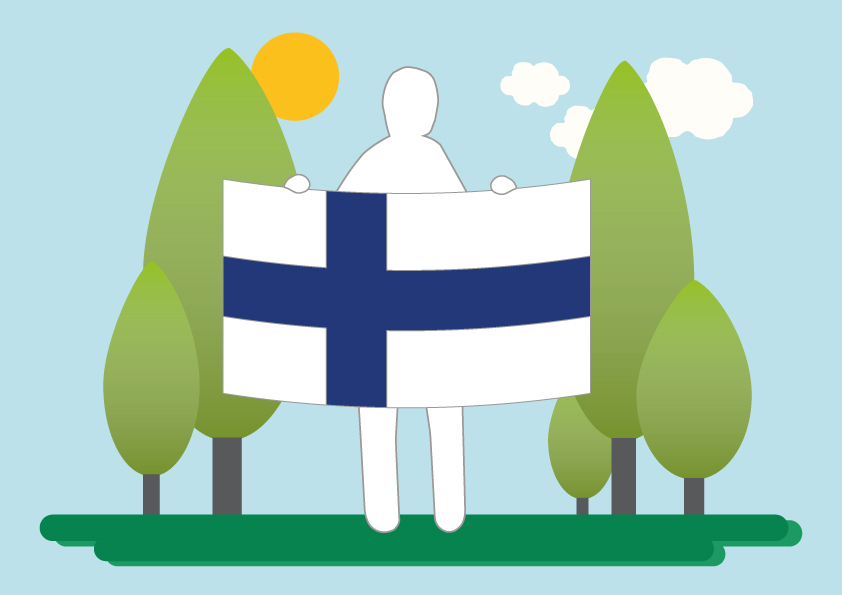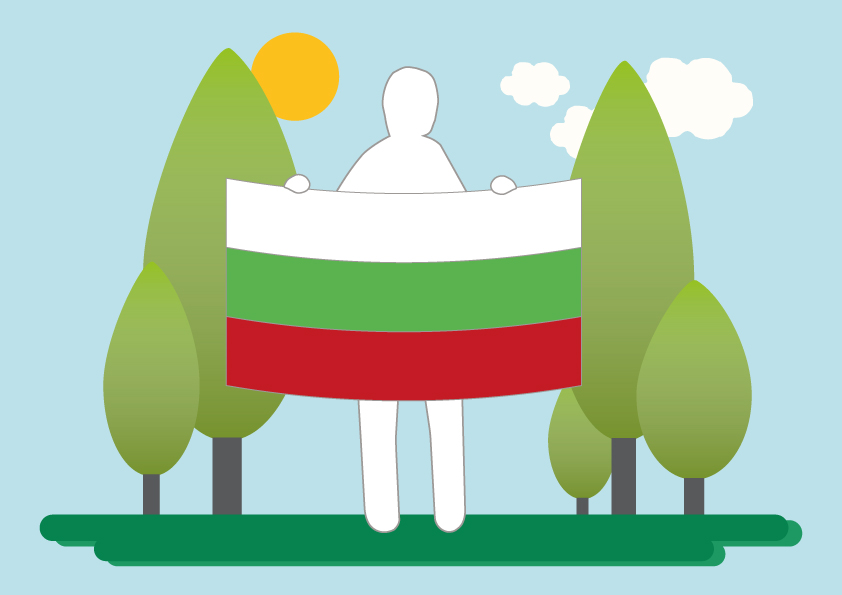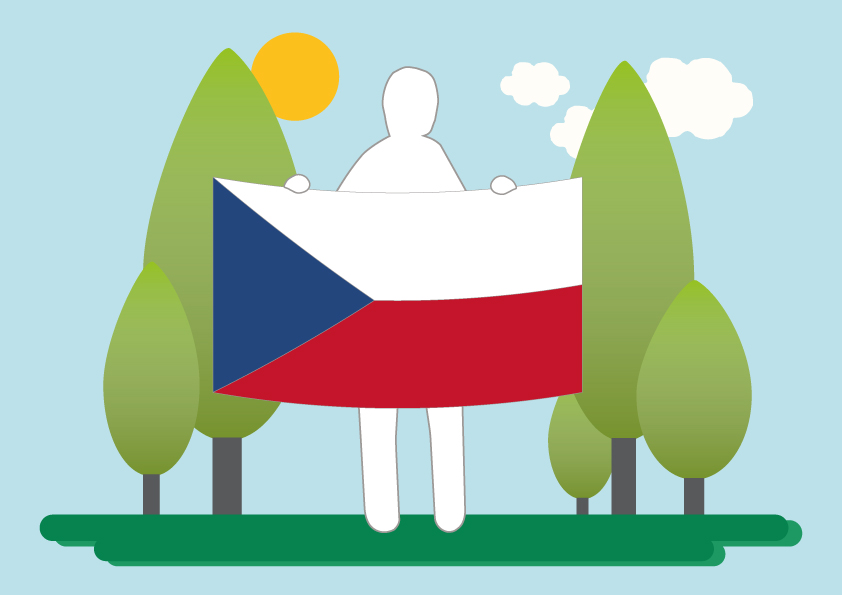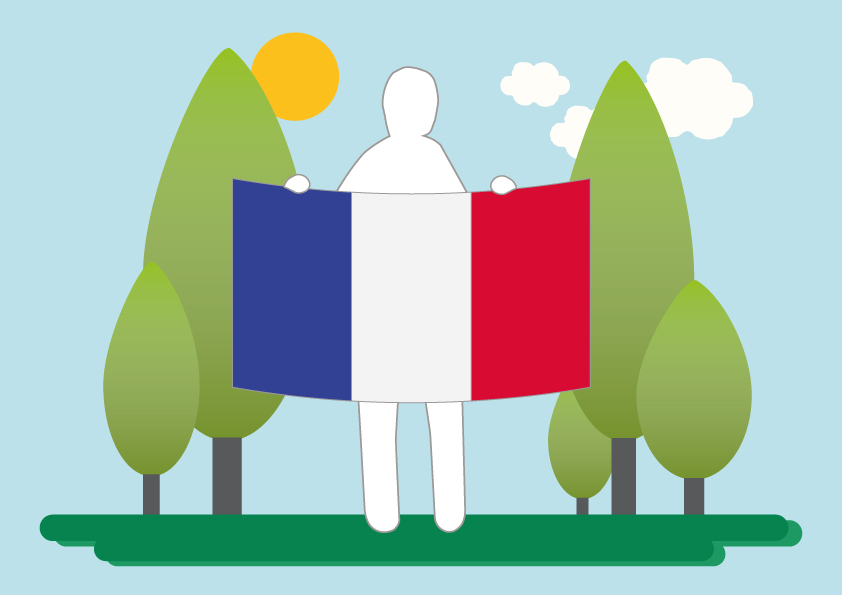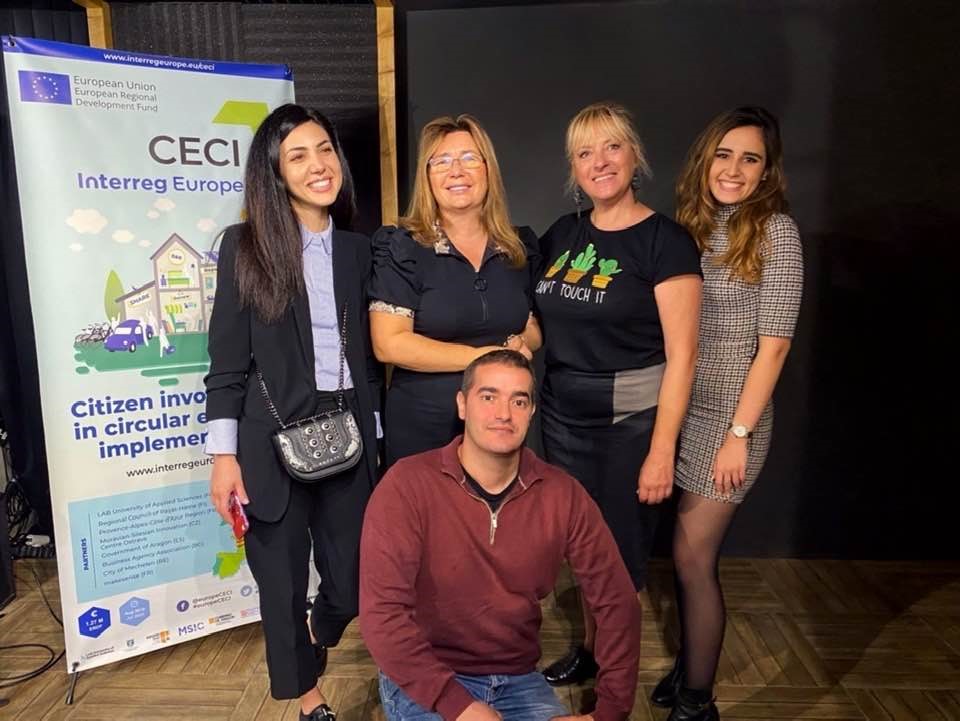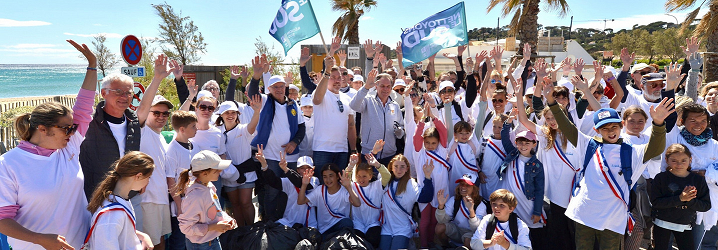Article provided by CECI lead partner LAB University of Applied Sciences, published in LAB focus 28.4.2021. Read full article here!
Towards Circular Textiles
The global textile economy needs to be redesigned as it is nearly fully linear and wasteful. Every year, over USD 500 billion in value is lost. In general, every second, one garbage truck of textiles is incinerated or landfilled. (Ellen MacArthur Foundation 2017.) The new EU strategy for sustainable textiles aims to strengthen the circular economy principles and to stimulate innovation and reuse (European Commission 2021). The revised EU Waste Framework Directive imposes a legal obligation to separately collect textile waste from 2025 (Directive 2018/851).
CECI Thematic Workshop on Textiles
CECI – Citizen involvement in circular economy implementation organized an online thematic workshop on textiles with a wide range of experts and stakeholders on 30 March 2021. The workshop aimed to exchange knowledge and share concrete good practices from partner regions in Spain, Belgium, and Finland.
Aragón, Spain: Dale vida a tu ropa! Textile management in Zaragoza city
Two social economy companies, Tinser and Cáritas, focusing on the textile collection, reuse and recycling, and social inclusion were introduced. Once clothes are collected in dedicated containers, textile is prepared for further reuse, donation, second-hand sale, and recycling. On request, costumes for cinemas and theatres are made, e.g. costumes for a Goya Award-winning film Las Niñas. (Puente & Costa 2021.)
Mechelen, Belgium: Circular Innovation LAB
The Circular Innovation LAB (CiLAB) Collective creates new circular concepts and disseminates knowledge about circular textiles. CiLAB collaborates with the city of Mechelen, other brands, and fashion and furniture design students to develop circular practices. (Merckx 2021.)
Lahti, Finland: Telaketju project and network
Telaketju is a cooperation network of various actors aiming for more sustainable production, use, and circulation of textiles. Telaketju acts as an RDI projects umbrella. For instance, a textile material identification and the sorting pilot line was developed in the REISKAtex project by LAB (former Lahti) University of Applied Sciences, on principles of near-infrared spectroscopy (NIRS). This pilot unit has been used within Telaketju research projects. (Cura 2021.)
Telaketju 2 BF – Building business from circular economy of textiles project, funded by Business Finland, searching for novel circular business models enabling better material efficiency, and increase both material and product lifecycle. For instance, fibre opening pilot line is being built in Paimio, Finland with the trials starting next summer using post-consumer and industrial waste textiles. (Cura 2021.)
Lahti, Finland: Clothing Design for Circularity
According to Annariina Ruokamo, 80% of the product’s environmental impacts is bond to the design stage. Therefore, a circular designer needs to consider the whole product lifecycle and implement sustainable design strategies.
The Designer’s Circularity Check-List includes seven steps towards sustainable and circular desing: Desing for problem solving, for low waste, for need, for use, for recycling, for disassembly and for regeneration.
Marseille, France
AWAHI, an ethical sports brand specialises in sustainable sportswear made from recycled PET bottles (Pasero 2021).
Phenix Sport, the first sustainable and circular teamwear brand. Textiles are made with recycled polyester from plastic waste collected from the Mediterranean Sea. Used garments from sports teams are collected and transformed into sports accessories, such as saucer cups, cones, hoops.
A table comparing the environmental and social impact of one pair of leggings including the number of recycled bottles, water consumption and pesticides and three different materials the leggings can be made of: recycled polyester, virgin polyester or cotton.
